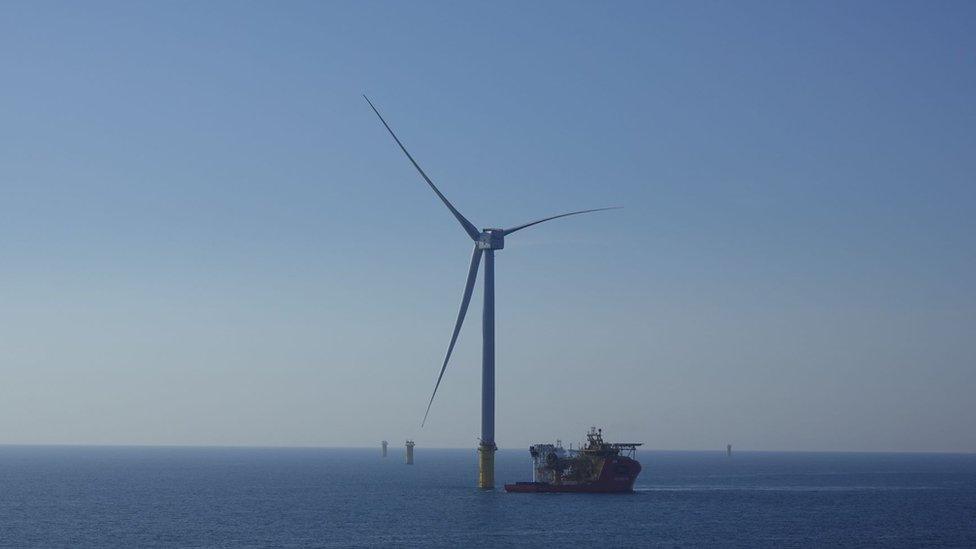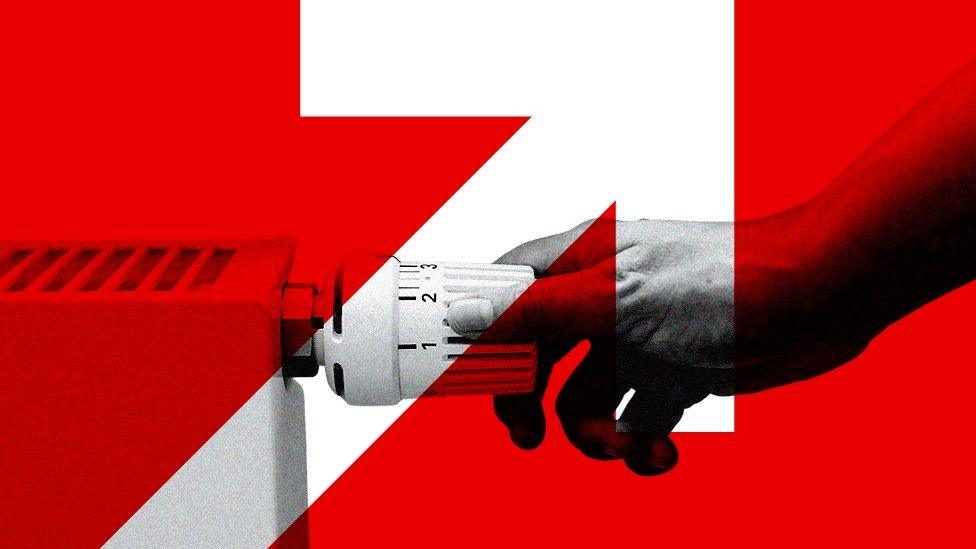Wasted wind power adds £40 to household energy costs, says think tank
- Published
- comments
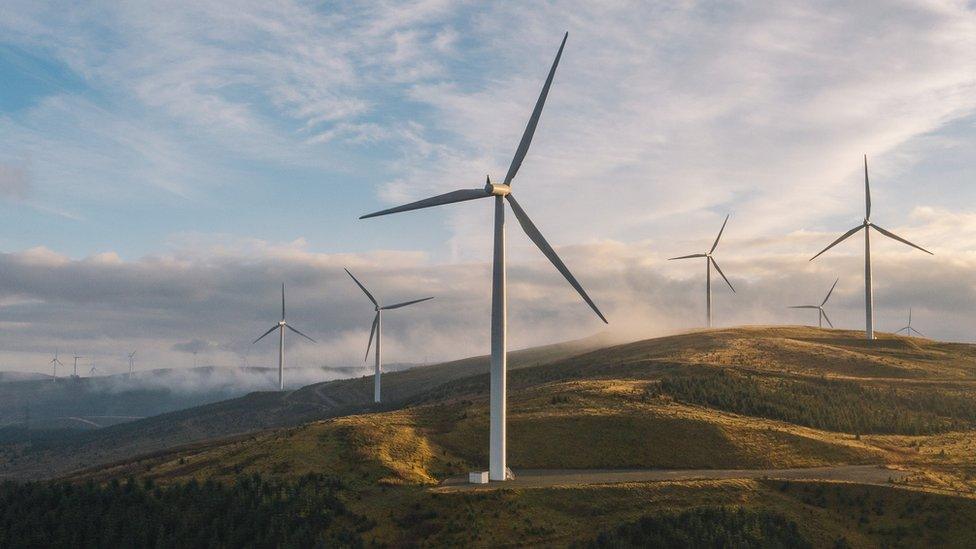
Wasted wind power will add £40 to the average UK household's annual energy costs in 2023, a think tank has said.
That figure could increase to £150 in 2026, Carbon Tracker has estimated.
When it is very windy, the grid cannot handle the extra power generated. Wind farms are paid to switch off and gas-powered stations are paid to fire up. The cost is passed on to consumers.
The government said major reforms will halve the time it takes to build energy networks to cope with extra wind power.
Energy regulator Ofgem announced new rules, external in November, which it said would speed up grid connections.
Bottleneck
Most of the UK's offshore wind farms are in England - Dogger Bank off the coast of Yorkshire is the largest in the world. Meanwhile, around half of onshore wind farms are in Scotland but most electricity is used in south-east England.
Carbon Tracker said the main problem in getting electricity to where it is needed is a bottleneck in transmission between Scotland and England.
The practice of switching off wind farms and ramping up power stations is known as "wind curtailment" and the costs are passed on to consumers, it said.
Carbon Tracker researches the impact of climate change on financial markets. It said from January to October 2023, wind curtailment payments had cost £590m.
The think tank projected that by the end of the year, this would rise to £750m, adding £40 to energy costs for households.
The think tank took into account the direct costs of electricity that would be added onto household bills, which it said would be £10.
The extra £30 of costs would be those passed on by businesses to consumers, by firms raising prices to cover energy costs.
Carbon Tracker warned that wind curtailment could add £180 per year to bills by 2030, due to wind farms being built faster than the power cabling needed to transmit the electricity.
"The problem is, there are not enough cables. The logical solution would be to build more grid infrastructure," said Lorenzo Sani, analyst at Carbon Tracker.
"It's not even that expensive," he added, compared with mounting wind curtailment costs.
Industry group RenewableUK said that grid constraints "reflect a chronic lack of investment in the grid".
"We need to move from an antiquated grid which wastes power to one that's fit for purpose in the 21st Century as fast as possible," said Barnaby Wharton, RenewableUK's director of future electricity systems.
However, historically it has taken between 10 and 15 years for new transmission cables to be approved.
Industry group the Energy Networks Association, which represents network operators, said that "urgent action is needed to address planning challenges".
The government is offering people living next to new pylons and electricity substations up to £1,000 off energy bills for 10 years, and councils money for projects in local areas.
Last year Ofgem approved four projects to help ease transmission issues, including an undersea cable between Peterhead in Aberdeenshire and Drax in Yorkshire.
But Carbon Tracker warned wind generation capacity in Scotland was set to be four times greater by 2030, but cabling would only double in that time, under current plans.
'Zombie projects'
In November, the government set out a plan to reduce the time it takes to build new infrastructure from 14 to seven years, "speeding up grid connections, supporting thousands of jobs and reducing electricity bills for households across Great Britain", a spokesperson said.
Energy regulator Ofgem said there was a "long queue" of energy projects "which could generate almost 400GW of electricity - well in excess of what is needed to power the entire British energy system".
The watchdog said new rules "will allow stalled or speculative 'zombie' projects to be forced out of the queue, meaning viable projects can be connected quicker".
Mr Sani from Carbon Tracker said it was unclear how much difference these projects would make before 2030.
Correction 10 May 2024: This article was amended to clarify that Carbon Tracker's projection costs were based on both direct and indirect costs passed on to consumers

What can I do if I can't afford my energy bill?
Check your direct debit: Your monthly payment is based on your estimated energy use for the year. Your supplier can reduce your bill if your actual use is less than the estimation.
Pay what you can: If you can't meet your direct debit or quarterly payments, ask your supplier for an "able to pay plan" based on what you can afford.
Claim what you are entitled to: Check you are claiming all the benefits you can. The independent Moneyhelper , externalwebsite has a useful guide.

Related topics
- Published1 December 2023
- Published3 May 2024
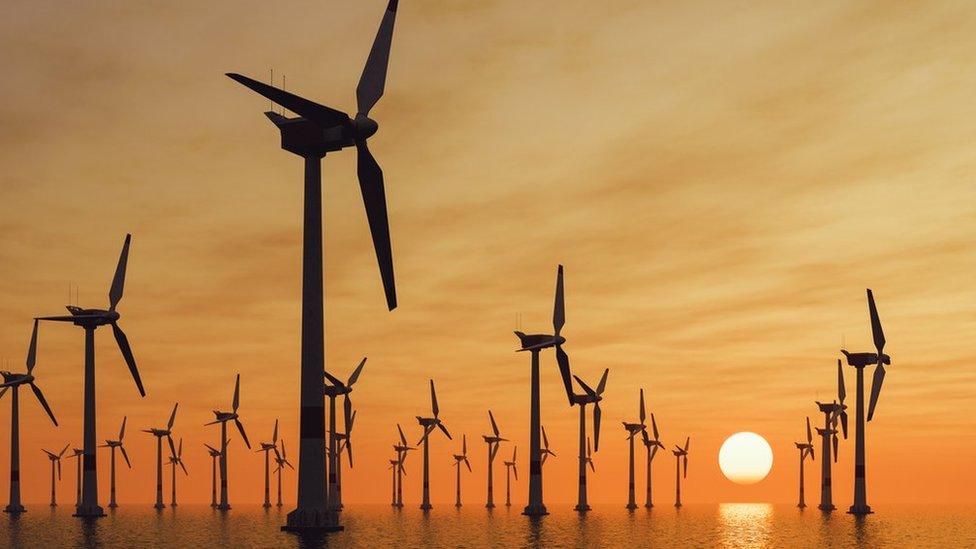
- Published16 November 2023
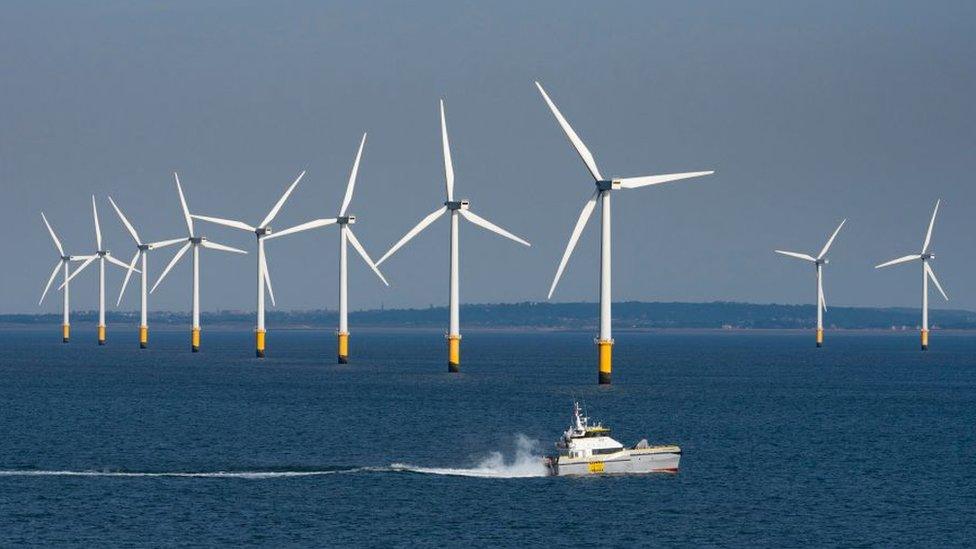
- Published10 October 2023
